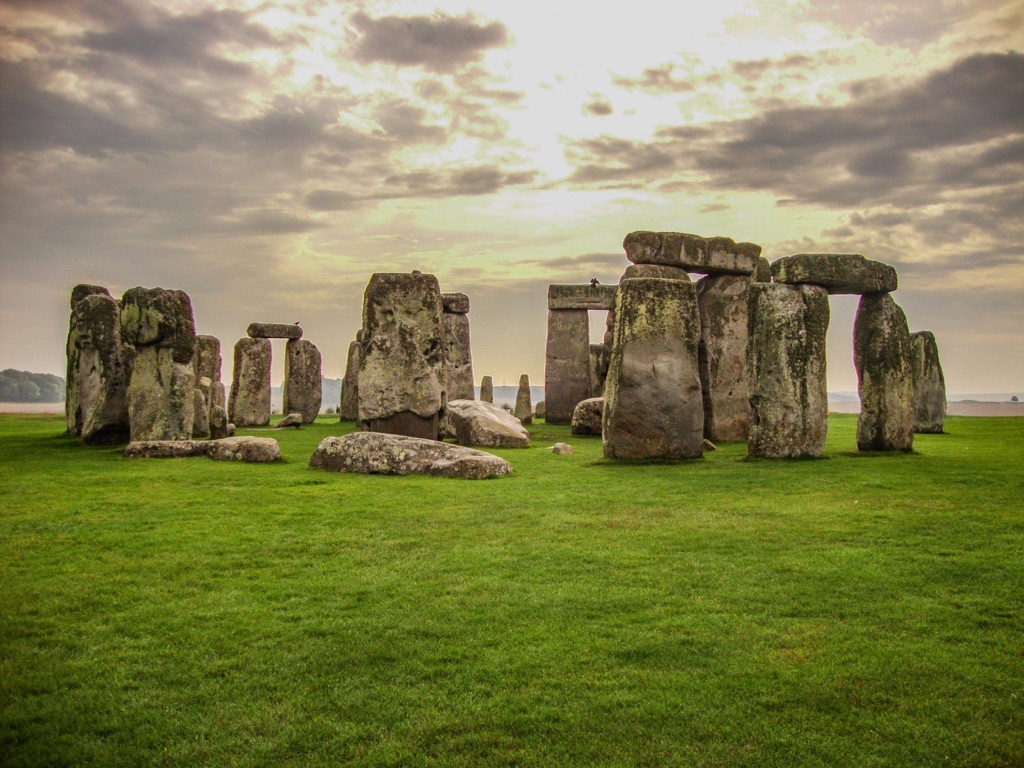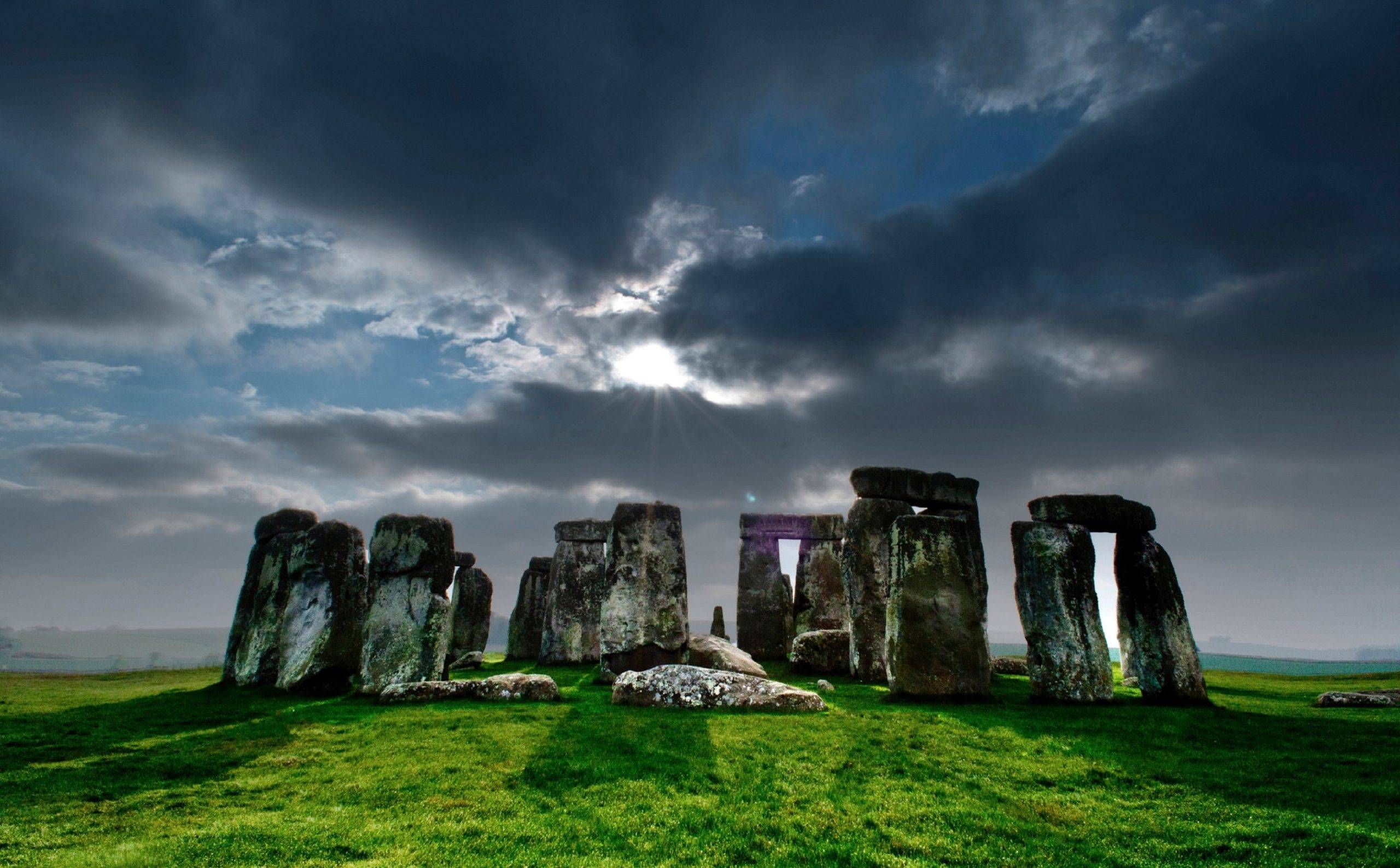Stonehenge, a prehistoric monument located in Wiltshire, England, is one of the most famous landmarks in the United Kingdom. This iconic site, with its massive stone structures arranged in a circular pattern, has intrigued historians, archaeologists, and visitors for centuries. Its purpose and the methods used in its construction remain a subject of ongoing debate and fascination.
Get your dose of History via Email
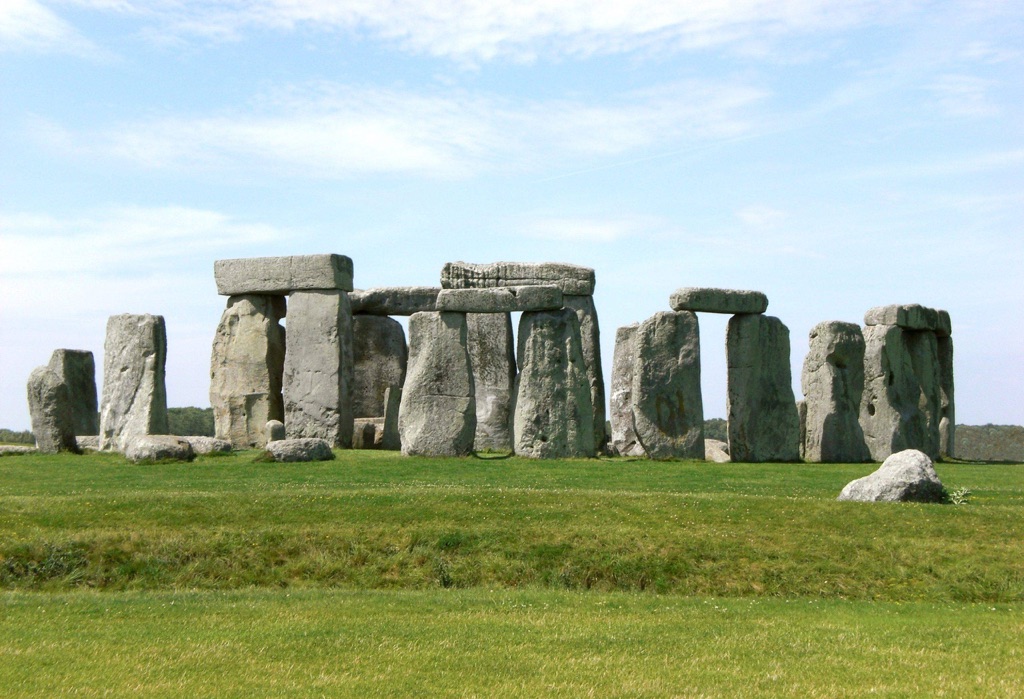
Historical Background
Stonehenge was built in several stages, with the earliest construction dating back to around 3000 BC. The monument was erected by Neolithic and Bronze Age people, who left no written records, making the understanding of Stonehenge a complex puzzle. The site was used for more than 1500 years, with changes and modifications made throughout its history. The civilization that created Stonehenge were advanced farmers, who had settled across the British Isles.
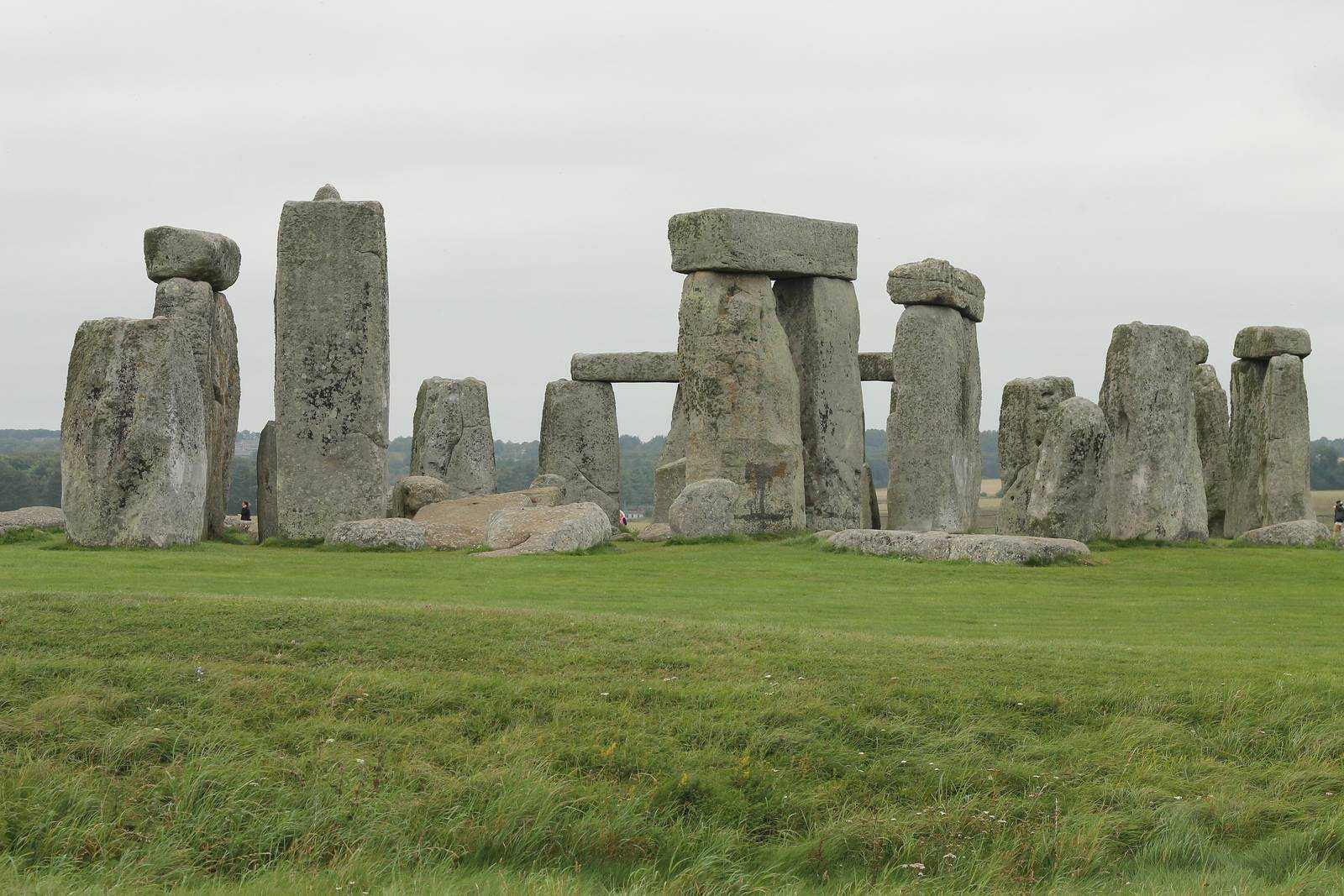
Architectural Highlights
The construction of Stonehenge is a marvel of ancient engineering. The monument consists of a series of concentric rings of standing stones, the largest of which, the sarsen stones, stand up to 30 feet (9 meters) tall and weigh an average of 25 tons (22.6 metric tons). These stones were transported from Marlborough Downs, a distance of 20 miles (32 kilometers).
The smaller bluestones, weighing up to 4 tons, were brought from the Preseli Hills in Wales, a journey of over 150 miles (240 kilometers). How these stones were transported and erected by a society without the use of the wheel or metal tools is a source of much speculation and debate.
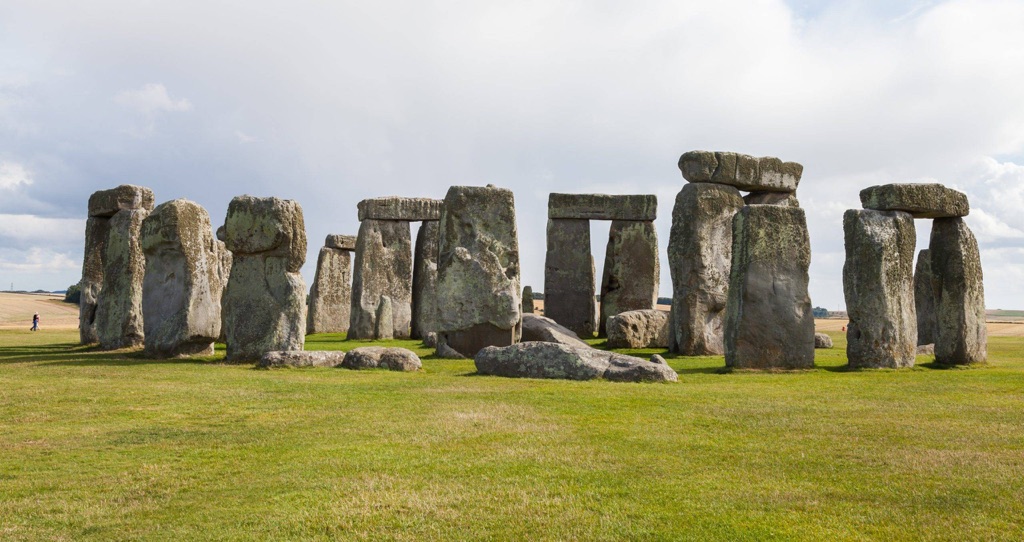
Theories and Interpretations
The purpose of Stonehenge has been a subject of speculation for centuries. Some theories suggest it was a place of healing, others propose it was a sacred burial site, and yet others believe it was a celestial observatory for tracking the movements of the sun and moon.
Archaeological evidence, including the discovery of human remains and artifacts, supports the theory that Stonehenge was used for both religious ceremonies and burial rituals. Radiocarbon dating methods have been used to determine the age of these finds, providing a timeline of the site’s usage.
One of the most intriguing aspects of Stonehenge is its alignment with the solstices. The “heel stone” and the “slaughter stone” create a perfect line with the rising sun during the summer solstice, suggesting a possible astronomical purpose.
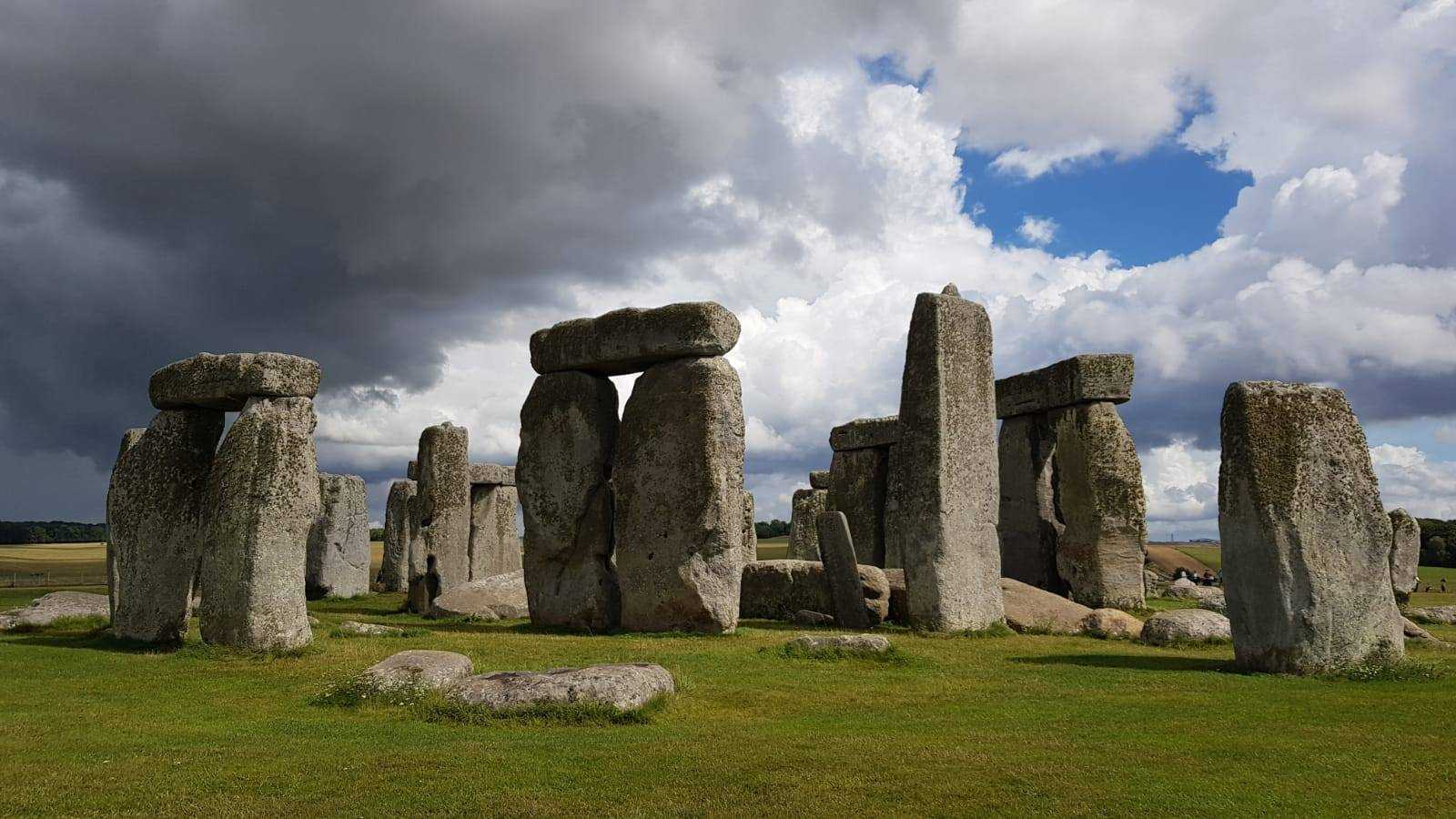
Good to know/Additional Information
Stonehenge is part of a larger complex of Neolithic and Bronze Age monuments, including several hundred burial mounds known as barrows. The site and its surroundings were added to the UNESCO World Heritage List in 1986, recognizing their outstanding universal value.
Today, Stonehenge continues to be a place of wonder and mystery, attracting over a million visitors each year. Despite centuries of study, we are still learning about this remarkable monument and its creators, reminding us of the enduring allure of our ancient past.
